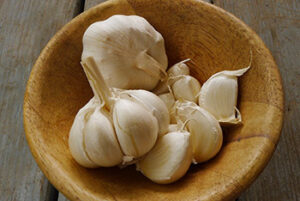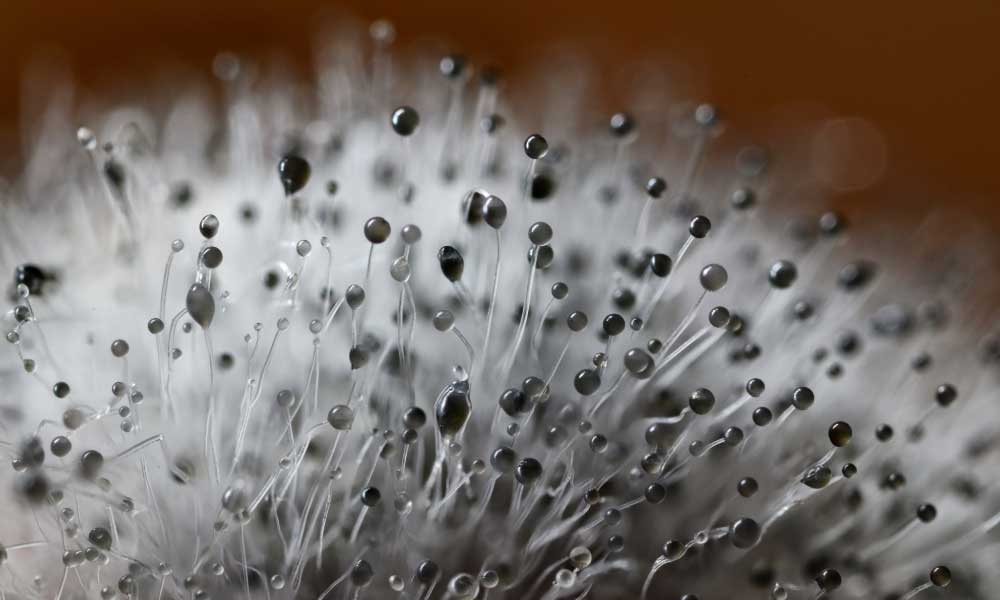
Garlic Description & Health Benefits
- Garlic is a member of the Amaryllidaceae botanical family which also includes onion, shallot, leek, and chives.
- It is a perennial that is typically planted in the fall and harvested in the summer.
- Garlic’s health promoting properties come from its sulfur containing compounds.
- Garlic contains antioxidant properties that scavenge free radicals and protect our bodies from cell damage. Cell damage can lead to cancer, heart disease, and inflammation.
- Research suggests garlic is beneficial to the cardiovascular system and may reduce cholesterol levels and blood pressure in those with elevated numbers.
- Garlic also contains antimicrobial, antibacterial and anti-fungal benefits.
Purchasing, Selecting, Storing, and Preparing
- Garlic can be purchased fresh, dried, in powder form and as infused garlic oil.
- Garlic is used like a seasoning to flavor your favorite dishes.
- Purchase garlic bulbs that are firm and heavy for their size. Avoid those that are sprouting or have soft spots.
- Store garlic in a cool, dry place.. No need to refrigerate! Try storing on the counter top or in a small brown paper bag away from heat and sunlight.
- One bulb of garlic may contain anywhere from 10-20 individual garlic cloves.
- To prepare, separate cloves from the bulb, place the clove on a cutting board and crush with the handle of your knife. Remove the peel and thinly slice off the end which was attached to the bulb. Mince garlic with a knife or use a garlic press.
- Use garlic raw, dried or roasted.
- Garlic scapes are the immature flower stalks which can be removed from the plant and used fresh in salads or cooked in stir fry.
Nutrition Facts
1 clove, raw
Calories: 4 | Protein: 0.19 g | Fat: 0.01 g | Carbohydrate: 0.99 g | Fiber: 0.1 g | Calcium: 5 mg | Magnesium: 1 mg | Potassium: 12 mg | Vitamin C: 0.9 mg | Folate: 0 μg | Vitamin A: 0 IU
ndb.nal.usda.gov
Recipes
Request an Appointment

